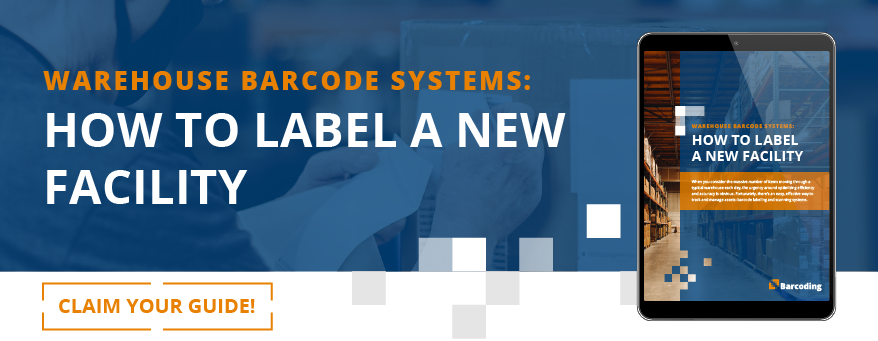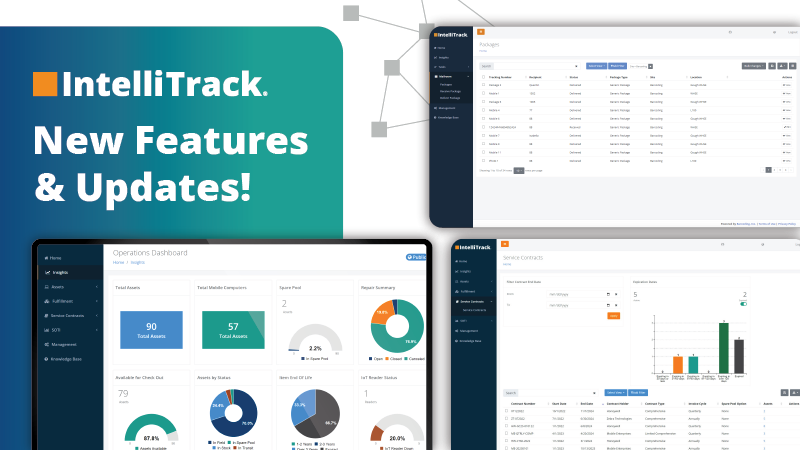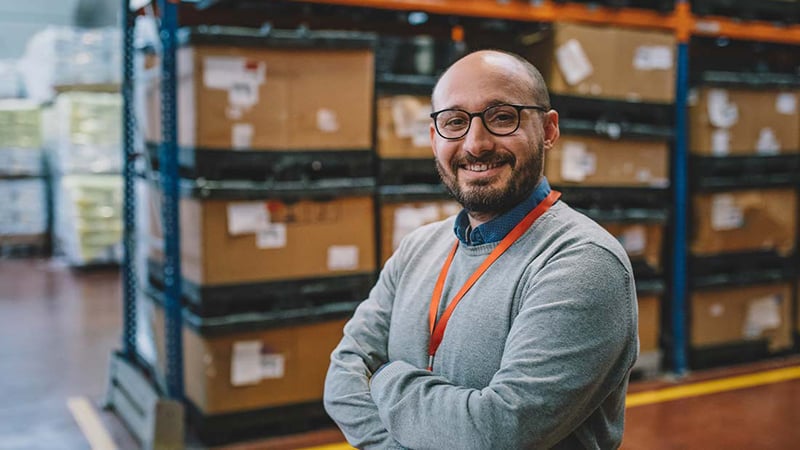The rapid pace of recent supply chain developments shine a spotlight on how a failure to plan can compound any problem. Companies focused so closely on cost-cutting strategies that assumed the just-in-time platform wouldn’t break down—and then COVID-19 hit. And just as supply chains began to recover, the invasion of Ukraine caused new, massive upheavals.
Barcode labels and solutions often get late consideration in the process of manufacturing, packaging, shipping, distributing, and more. But the correct selection, design, and management of barcoding labels can be pivotal to solving challenges that can arise at every step of a product’s lifecycle. In February, our Huddle explored machine vision’s role in streamlining supply chain, manufacturing, and distribution.
For our March Huddle, Barcoding invited experts from our partner, Seagull Scientific, whose BarTender® software is the world’s most trusted software for designing, printing and managing barcodes, labels, RFID tags, documents, and more.
Participants in the March Huddle included:
- Jody Costa, VP of Marketing & Strategic Partnerships, Barcoding
- Dan Blank, Director, Label & Printing Solutions
- Matthew Brine, Chief Revenue Officer, Seagull Scientific
- Lee Stevens, Sr. Sales Engineer, Seagull Scientific
- Elizabeth Sinclair, Director of Marketing, Seagull Scientific
Take a closer look at the ways labels can contribute to the robustness and agility needed in supply chains today, the role of the label as a communication tool from origin to end user, and much more when you watch our March Huddle.
Pandemic Lessons in Supply Chain Management
Pre-pandemic, companies were slicing their dollars as thinly as possible and relying on just-in-time delivery to keep costs low and efficiency high, and it worked…until it didn’t. Then, faced with stockouts, consumers showed agility: they switched brands or found substitutes. But consumer agility can spell trouble for brand loyalty.
Then, as some, but not all, employees were able to work from home, recruiting and retention issues blossomed at in-person workplaces. Workers demanded safety improvements and a better employee experience. Our general understanding of what’s important also changed (yes, even in supply chain management). Efficiency and costs aren’t the only values that matter. Robustness supports agility. That’s where the right technologies can come in clutch.
This applies to much more than products for distribution. Forward-looking businesses are taking steps to ensure that all mission-critical items are always in stock and available, either at their own facility or through make-and-hold agreements and other strategic labeling programs with a trusted vendor partner.
Why is Now the Time to Review Labeling Strategies?
Warehousing, distribution, and retail have already undergone massive shifts. Whether or not you think the retail store is becoming obsolete, its role has certainly changed. Many organizations are experiencing milestones that make it a good time to review and make improvements, such as:
- Opening a new facility
- Going omnichannel
- Starting with, or changing, ERP systems
Getting started down the right path with a team of experts can make the difference between creating even more complexity and effectively streamlining labeling and data management, with tight control over user access.
How Much Information Does a Label Need to Carry?
RFID’s moment has been coming for decades, and it’s finally here…or is it? While an RFID tag makes an incredible amount of information instantly accessible with the right equipment, not all applications, especially at the item level, need so much data. Pallet labeling is a more likely start. Of course, for suppliers faced with an RFID mandate, it may make sense to see what else the technology can offer for them. But RFID is no panacea, and redundancy supports robustness.
For RFID to be the objective best choice, you really need a problem that a barcode can’t solve. Sometimes, a different barcode is a better solution. After all, most commercial mobile devices can’t read or interact with an RFID asset label—but they can read barcodes. In fact, RFID needs to clear three major hurdles to become as widespread as barcoding labels:
- Hardware infrastructure
- A single global standard (as the world waits on the European Union)
- True interoperability to prevent data collisions as we move toward a trillion RFID tags connected to the Internet of Things
Label Design Can’t Be an Afterthought
Product labels are the first interaction between a product and a person. Get it wrong, and the best-case outcome might be funny; the worst case scenario could be life-threatening. Labels are also a critical element in digital transformation.
Technology like BarTender improves control over mission-critical (and even life-critical) labeling that meets brand design goals while also delivering the information the end user needs and vastly reducing the risk of labeling errors. And if it is an RFID tag that’s needed, it makes the process of creating that tag as easy as creating a barcode.
Together, the Barcoding and BarTender teams create a powerful combination—and that’s why it’s so important to begin with an exploration of people and processes. To make sure you put that power and potential to its best use, we begin with a needs analysis and a review of your process in place today. Barcoding’s experts analyze the data and listen to the people who’ll use the system before defining a strategy, recommending a solution, and executing a plan that supports stability, even as you grow.
Watch a recap of the March Huddle, below!
Dig into the benefits of starting off right when you download our free guide, How to Label a New Warehouse Facility. Click below to claim your copy today.







